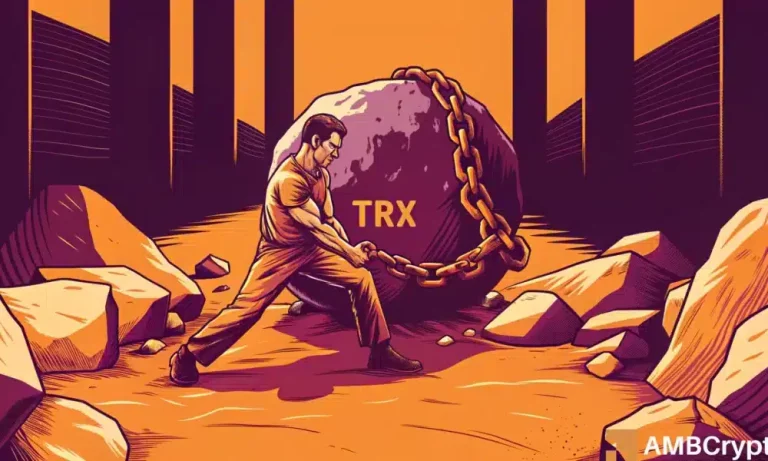
Smart Homes and Smart Living: The Technological Transformation of European Homes by 2025
Smart Homes and Smart Living is revolutionizing the way we live in our homes. With the increasing demand for convenience, efficiency, and sustainability, the European smart home market is expected to grow significantly by 2025. In this article, we will explore the current state of smart homes in Europe, the driving forces behind the technological transformation, and what we can expect in the future.
Current State of Smart Homes in Europe
The concept of smart homes is not new, but it has gained significant traction in recent years. According to a report by the European Commission, the smart home market in Europe was valued at €23.4 billion in 2020 and is expected to reach €64.8 billion by 2025. The growth is driven by the increasing adoption of smart home devices, such as thermostats, lighting systems, and security cameras, which are connected to the internet and can be controlled remotely.
Driving Forces Behind the Technological Transformation
Several factors are driving the technological transformation of European homes. One of the primary drivers is the increasing demand for energy efficiency and sustainability. Smart home devices can help reduce energy consumption by optimizing heating and cooling systems, turning off lights and appliances when not in use, and providing real-time energy usage monitoring. Another driver is the growing concern for home security, with smart home devices offering advanced security features such as motion detection, video surveillance, and alarm systems.
Future of Smart Homes in Europe
By 2025, we can expect significant advancements in smart home technology, with a greater emphasis on artificial intelligence, machine learning, and the Internet of Things (IoT). Smart homes will become more integrated, with devices and systems working together seamlessly to provide a convenient, efficient, and sustainable living experience. We can also expect to see the emergence of new smart home devices and services, such as smart mirrors, smart windows, and smart home health monitoring systems.
Conclusion
In conclusion, the technological transformation of European homes is well underway, driven by advancements in technology and increasing consumer demand for convenience, efficiency, and sustainability. By 2025, we can expect significant growth in the smart home market, with a greater emphasis on integration, AI, and IoT. As we move forward, it is essential to consider the potential challenges and limitations of smart home technology, such as data security and privacy concerns, and to ensure that the benefits of smart homes are accessible to all.
Key Statistics:
- The European smart home market is expected to reach €64.8 billion by 2025.
- 70% of European households are expected to have at least one smart home device by 2025.
- The average European smart home has 10-15 connected devices.
Benefits of Smart Homes:
- Energy efficiency and cost savings
- Increased convenience and comfort
- Enhanced home security
- Improved health and wellness
Challenges and Limitations:
- Data security and privacy concerns
- Interoperability and compatibility issues
- High upfront costs
- Limited accessibility for certain populations
Future Developments:
- Artificial intelligence and machine learning integration
- Internet of Things (IoT) expansion
- Emergence of new smart home devices and services
- Increased focus on sustainability and energy efficiency
Smart Homes and Smart Living is the future of European homes, and it is essential to stay informed about the latest developments and advancements in this field. By understanding the current state, driving forces, and future expectations of smart homes, we can better navigate the transformation and create a more convenient, efficient, and sustainable living experience for all.





